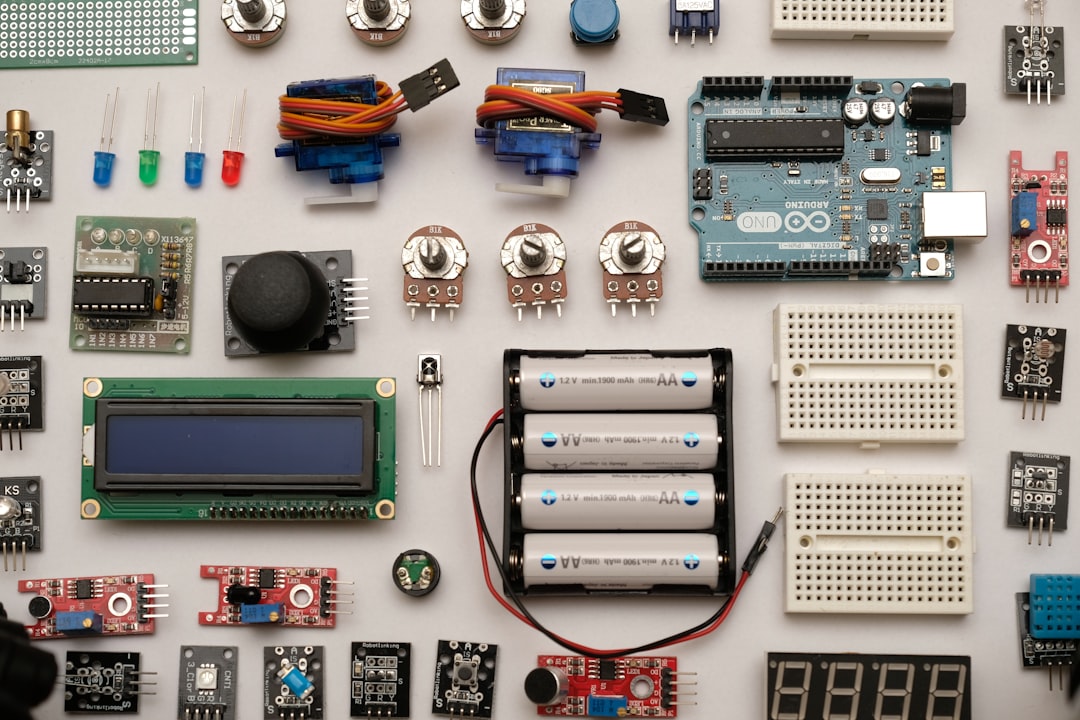Affordable Battery Reconditioning with Epsom Salt
Debunking Myths: Can Epsom Salt Truly Revive Your Battery?
Introducing baking soda into a battery neutralizes its acidic components turning them into non-dischargeable sodium sulfate, thus permanently reducing its capacity. According to Wehmeyer, although adding Epsom salt might temporarily alter the specific gravity readings of the battery's electrolyte, it does not enhance actual performance or capacity because the magnesium sulfate in Epsom salt doesn't contribute to the chemical reactions necessary for power generation. Understanding Epsom Salt and Battery PerformanceEpsom salt, or magnesium sulfate, is commonly believed to revive dead batteries, particularly in the realm of DIY battery rejuvenation.
Longevity Secrets for Deep-Cycle Batteries from Industry ExpertsThe Misconception of Battery Revival MethodsDeep-cycle batteries, often at the brink of their lifecycle, tempt users to try various revival techniques before purchasing new ones. The process not only reduces the efficiency of the battery but can also make it impossible to charge fully once sulfation becomes extensive.
Improper application of pulse charging can exacerbate existing issues rather than resolving them. In effect this means...
How Misinformation Online Leads to Poor Battery Maintenance DecisionsMisconceptions on Battery Revival TechniquesThe internet is rife with videos and tutorials claiming to extend the life of dying batteries, particularly through methods like adding Epsom salt. It involves sending controlled electric pulses into the battery, potentially helping to reverse sulfation-the buildup of lead sulfate crystals on discharged battery plates-which impairs their ability to function efficiently.
